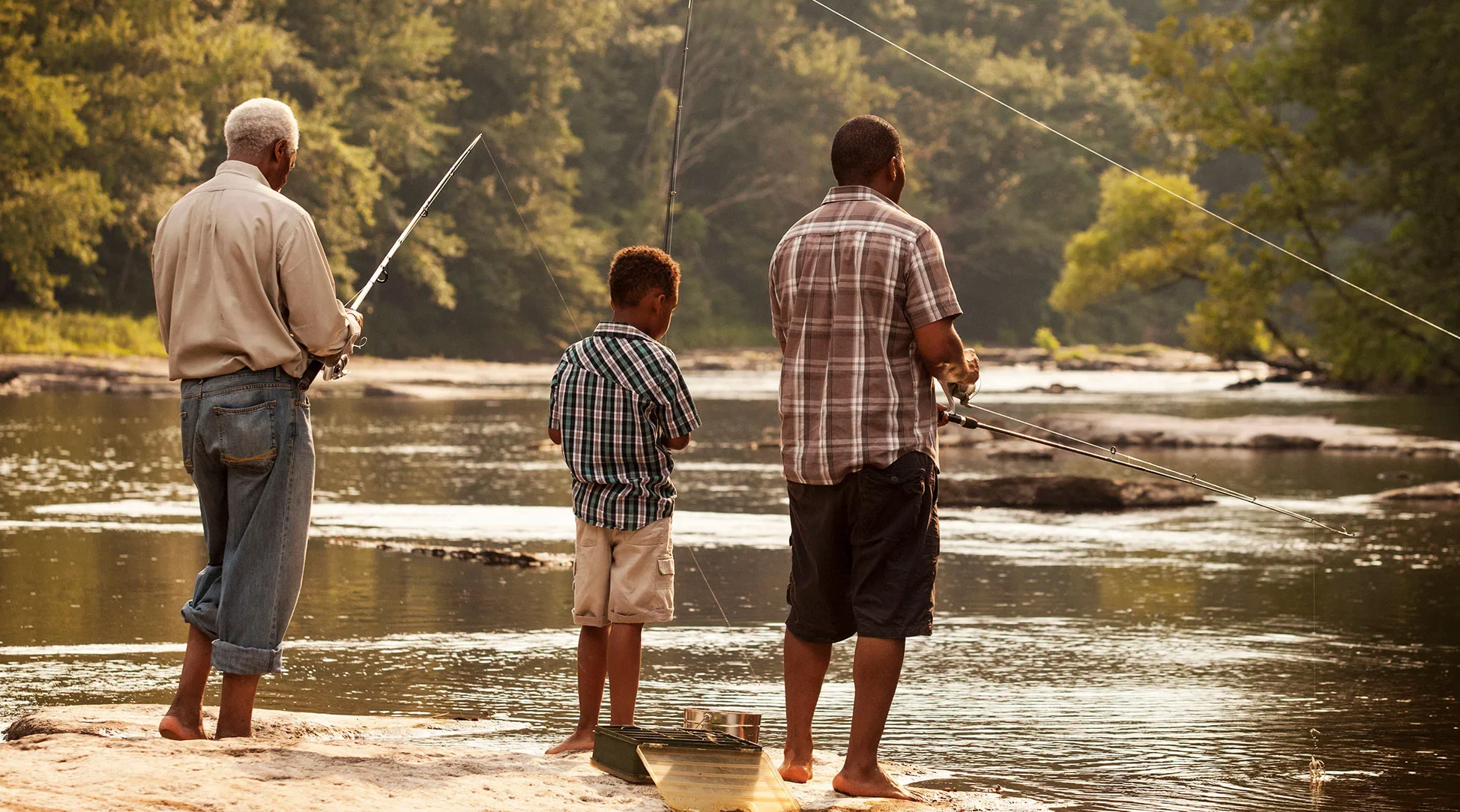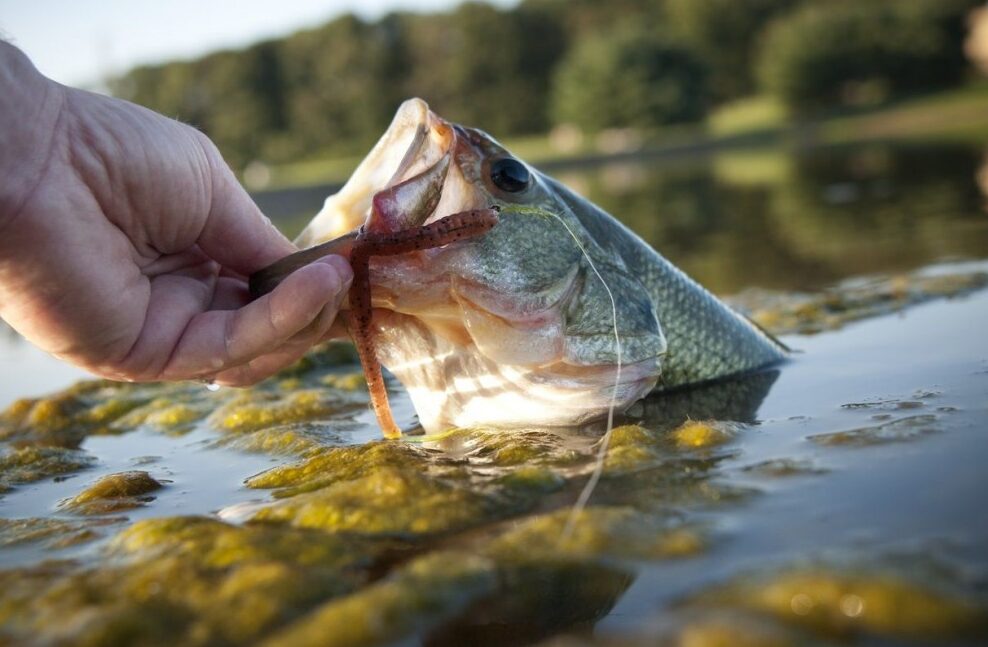Fishing is a relaxing and rewarding hobby that connects you with nature and provides the satisfaction of catching your own fish. If you’re new to fishing, this beginner’s guide will help you understand the basics and get started on the right foot.
1. Understanding the Basics
Types of Fishing:
- Freshwater Fishing: Done in lakes, rivers, and ponds. It’s the most common type of fishing for beginners.
- Saltwater Fishing: Takes place in oceans and seas. This type requires different equipment and techniques.
- Fly Fishing: Uses a specialized rod and line to cast lightweight artificial flies. It’s often done in freshwater streams and rivers.
Fishing Gear:
- Rod and Reel: The basic tools of fishing. Beginners should start with a spinning rod and reel, which are easy to use.
- Fishing Line: Monofilament line is recommended for beginners due to its versatility and ease of handling.
- Hooks and Bait: Hooks come in various sizes. For bait, beginners can use worms, minnows, or artificial lures.
2. Choosing the Right Gear
Fishing Rod:
- Choose a medium-length rod (6-7 feet) with medium power. This is versatile enough for various fishing situations.
Fishing Reel:
- A spinning reel is ideal for beginners because it is easy to cast and control.
Fishing Line:
- Use a 6-12 pound test line for general freshwater fishing. The “pound test” indicates the line’s strength.
3. Finding a Good Fishing Spot
Local Lakes and Ponds:
- These are great places to start. Look for spots with good access and amenities like piers or docks.
Rivers and Streams:
- These can offer great fishing but may require more skill to navigate and fish effectively.
4. Learning Basic Techniques
Casting:
- Hold the rod with both hands and smoothly cast the line by flicking your wrist. Practice makes perfect.
Reeling In:
- Once you feel a bite, reel in the fish by turning the handle smoothly. Keep tension on the line to prevent the fish from escaping.
Setting the Hook:
- When you feel a bite, give a quick, firm tug on the rod to set the hook in the fish’s mouth.
5. Following Fishing Etiquette and Safety
Respect Nature:
- Always clean up after yourself and avoid disturbing wildlife.
Follow Local Regulations:
- Check local fishing regulations for licenses, catch limits, and protected species.
Safety First:
- Wear a life jacket if you’re fishing from a boat. Be aware of weather conditions and avoid fishing during storms.
6. Practicing Patience and Enjoying the Experience
Fishing requires patience. Sometimes you’ll catch fish quickly, and other times you’ll have to wait. The key is to enjoy the experience, relax, and appreciate the time spent outdoors.
Fishing is a wonderful hobby that can be enjoyed by people of all ages. By understanding the basics, choosing the right gear, finding good fishing spots, learning techniques, following etiquette and safety guidelines, and practicing patience, you’ll be well on your way to becoming a successful angler. Happy fishing!


